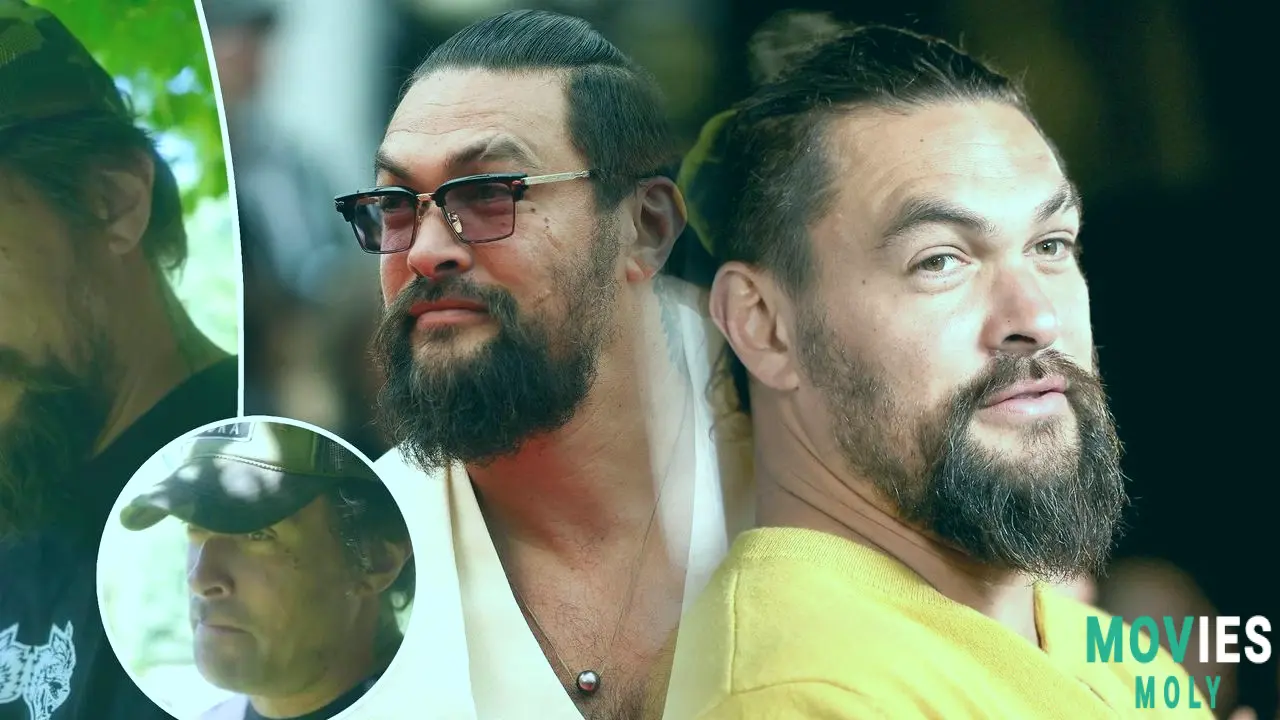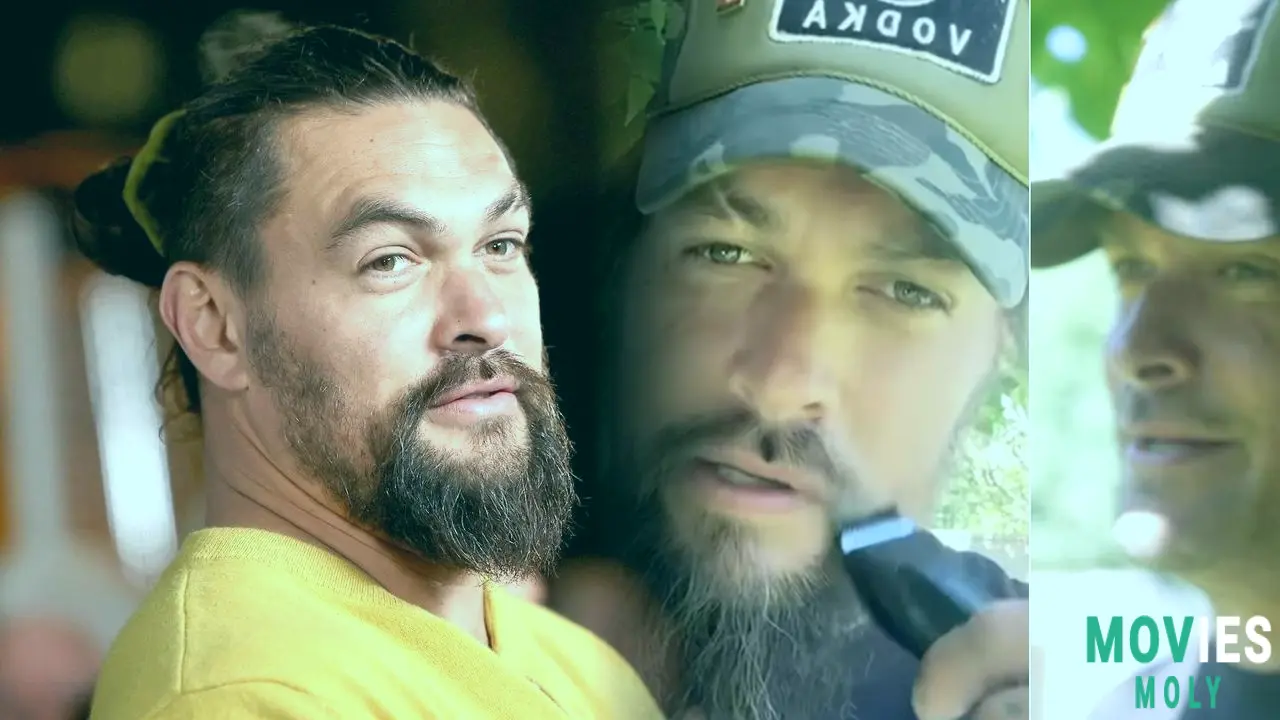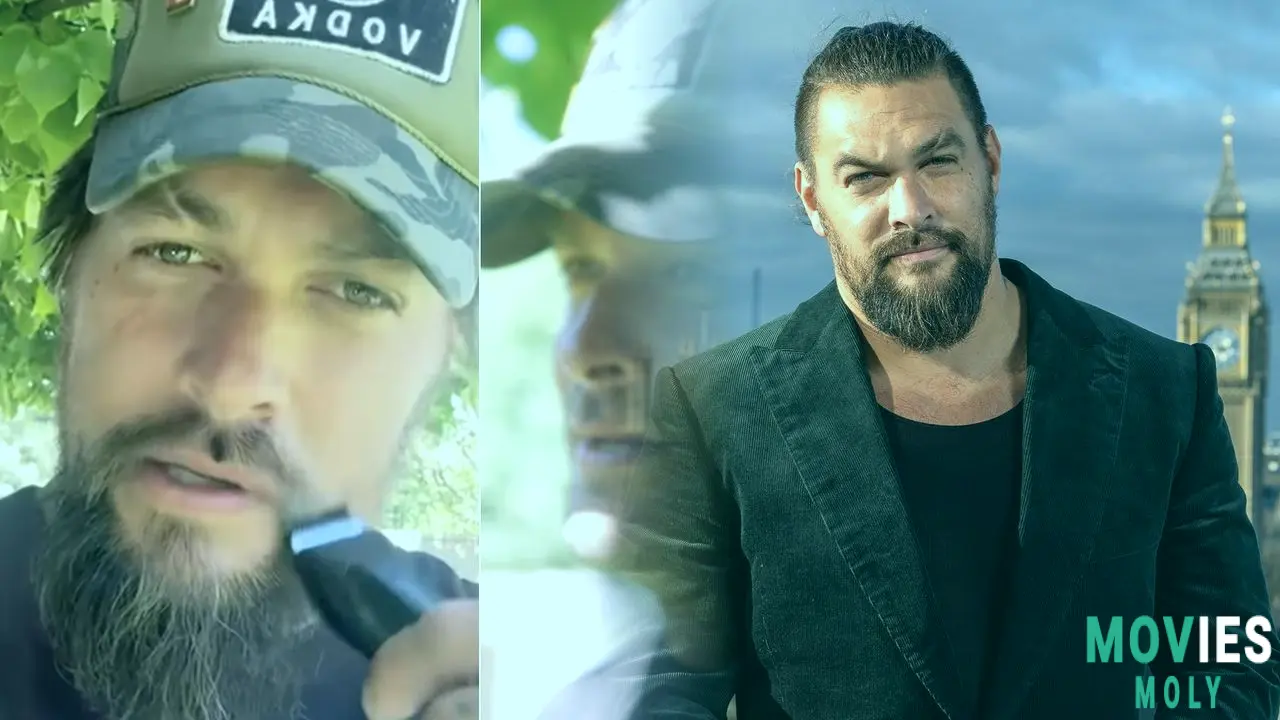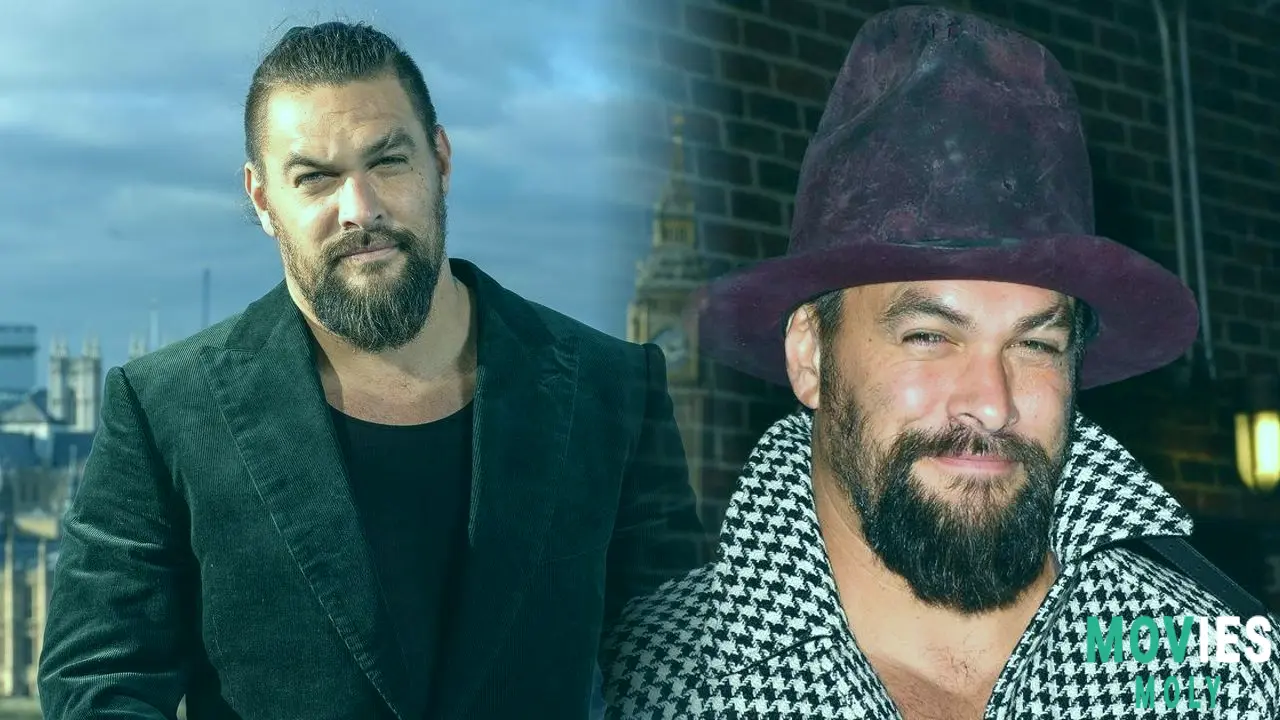Jason Momoa returns as Duncan Idaho in Denis Villeneuve's upcoming Dune 3, and he's undergone a physical metamorphosis to prove it. The actor just posted a video of himself cutting his beard for the first time in six years, a strong indication that he is prepared to return to Arrakis. Momoa last shaved for the original Dune film, and his latest video demonstrates his commitment to the character, even if he dislikes the process.
In the video, Momoa explicitly addresses the filmmaker, saying, "Only for you, Denis. Goddamnit! "I hate it." This little film confirms what many fans hoped: Duncan Idaho, the devoted swordmaster, would return despite his seeming death in Dune. His return ushers in an exciting new chapter for the Dune film series, borrowing straight from Frank Herbert's second novel, Dune Messiah.
Duncan Idaho's Ghola Return and its ImplicationsThe Philosophical Weight of a Familiar Face.
Duncan Idaho's return to Dune 3 is not a simple resurrection. In Frank Herbert's works, Duncan reappears as a ghola, a clone created from his cells by the Bene Tleilax. This ghola, named Hayt, is first designed to assassinate Paul Atreides. Hayt, on the other hand, eventually recovers his former identity as Duncan Idaho thanks to a complicated procedure involving Paul's foresight and the ghola's own hidden memories.
This plot has profound philosophical implications. It delves into topics of identity, free choice, and what it means to be human when one's existence is artificially generated and controlled. For Paul Atreides, Duncan's ghola is a significant problem. Paul is forced to confront a version of his close buddy who is both familiar and strange, calling into question his own judgments and the nature of his power. The ghola's presence is also a continual reminder of Paul's history and the sacrifices he has made, which adds to his already complex psychological state.
Denis Villeneuve's interpretation of this story point is likely to maintain these significant ideas in the forefront. Given the improvements made in Dune: Part Two, such as Chani's more important position and the nuanced portrayal of Paul's ascension, the ghola's reappearance could have an even greater impact. It could reflect Paul's own struggle with his fate and the implications of his deeds.
Dune Messiah's Plot and Film Adaptation

Paul Atreides' Dark and Golden Path
Dune Messiah begins twelve years after the events of Dune. Paul Atreides, now Emperor, grapples with the repercussions of his foresight and the jihad that has spread throughout the universe in his name. Millions have died, and Paul feels trapped by the "Golden Path," a frightening future he sees as the only way to preserve humanity from extinction, even if it involves excruciating pain in the present.
The novel is a harsh satire on hero worship and the perils of naïve faith. Despite his enormous authority, Paul is a prisoner of his own foresight, constantly fighting against forces attempting to control or exploit his influence. These forces include the Bene Gesserit, the Spacing Guild, and the Bene Tleilax, all of whom are working against him. Duncan Idaho's return as a ghola is important to these plots, since the Bene Tleilax employ him to control Paul.
Denis Villeneuve has discussed the difficulty of adopting Dune Messiah's darker tone. He stated, "If we go back, it must be authentic and relevant. If I ever finish Dune Messiah, it will be better than Part 2. Otherwise, I do not do it. This shows Villeneuve is devoted to capturing the substance of the novel while improving on the quality of the last picture. The film will most likely focus on Paul's internal strife and the political intrigue surrounding his rule, maybe taking some liberties to simplify the story for the big screen.
Villeneuve also mentioned the time jump, stating, "The story takes place about 12 years after we left the characters at the end of Part Two." Their path, their story, is different this time, which is why I always say that even if it's the same world, it's a new film with fresh circumstances. This confirms a dramatic alteration in the characters' states and the universe in which they exist.
Returning and New Characters in Dune III

Expanded roles and new faces
Aside from Jason Momoa's Duncan Idaho, numerous other prominent players are expected to return. Timothée Chalamet will resume his role as Paul Atreides, now a burdened Emperor. Zendaya's Chani will also play a larger role, negotiating her relationship with Paul amid his expanding authority and the political situation. Her perspective, which grew more critical of Paul in Dune: Part Two, will be essential in Dune 3 as Paul's activities become more contentious.
Florence Pugh's Princess Irulan, who debuted in Dune: Part Two, will also play a considerably larger role. In Dune Messiah, Irulan is Paul's imperial bride, but their marriage is for political reasons. She is a Bene Gesserit-trained historian and close watcher of Paul's rule, frequently providing narrative and insight into the political maneuvers. Her intelligence and Bene Gesserit upbringing make her a strong, although sometimes conflicted, player in the power conflicts surrounding Paul.
The film will also feature two important new characters: Paul and Chani's twin children, Leto II and Ghanima. Jason Momoa's teenage son, Nakoa-Wolf Momoa, has been cast as Leto II, and Ida Brooke will play Ghanima. This casting choice for Leto II adds an intriguing aspect, as Jason Momoa has commented on his son's debut into the profession. "He's about to get a harsh awakening. He is entering the workforce for the first time. It's going to be good. "He did it on his own."
Jason Momoa was proud of his son's abilities, adding, "You want your children to be better than you, and I truly believe he is. I could not do what he does at his age. I could never compete in a room with Denis Villeneuve. At the age of 19, I appeared on 'Baywatch'. "He's 16 years old and holding s--t down with Denis Villeneuve.
Leto II is possibly the most important figure in the Dune trilogy after Paul. His birth and subsequent transformation are essential to the "Golden Path" and humanity's survival. Ghanima, his twin sister, is equally crucial in aiding Leto II and negotiating Arrakis' difficult political scene.
Technical and Thematic Portrayal

Bringing Arrakis to Life Again
Dune 3 will definitely maintain the visual and audio standards established by its predecessors. Denis Villeneuve's dedication to realistic effects and breathtaking cinematography will endure. Filming locales are planned to include the wide desert expanses that give Arrakis its distinct character, as well as more complex sets for the imperial palace and other major locations. Special effects will be essential for conveying the sandworms, Paul's foresight, and the ghola's special skills.
Hans Zimmer's score, which was a defining feature of the first two films, will undoubtedly return to offer an emotional and dramatic backdrop for Dune 3. Zimmer's ability to combine traditional instrumentation with experimental sounds has been essential to the Dune experience, and his score for Dune Messiah must represent the story's darker, more introspective tone.
Thematically, Dune 3 will focus on the critique of hero worship. While Paul was portrayed as a messianic figure in the first film, Dune Messiah reveals the disastrous consequences of his ascension to power. The film will most likely focus on the political maneuvering of the various factions, the environmental consequences of the terraforming activities on Arrakis, and Paul's psychological battle with the weight of his foresight. These concepts, which appear in the texts, are being given a strong cinematic voice.
The Future of the Dune Franchise After Dune 3

More Stories from Frank Herbert's Universe.
While Dune Messiah is supposed to represent the climax to Denis Villeneuve's original Dune trilogy, the brand has a rich literary history to draw on. Frank Herbert created six Dune novels, each one going deeper into the "Golden Path" and the evolution of humanity and the world. Following Dune 3, the film series might explore Children of Dune, which follows the story of Leto II and Ghanima, or God Emperor of Dune, which depicts Leto II's transformation into a sandworm-human hybrid.
There is also room for spin-off projects. The Bene Gesserit sisterhood, the Spacing Guild, or even the Bene Tleilax's origins may all be explored in their own movie or series. The Dune universe is rich in history and intriguing characters, providing numerous opportunities for development beyond the core storyline. For the time being, all eyes are on Dune 3, and how it will bring Dune Messiah to life, particularly with Jason Momoa reprising his role as Duncan Idaho.





